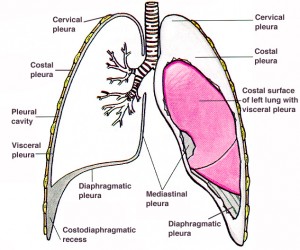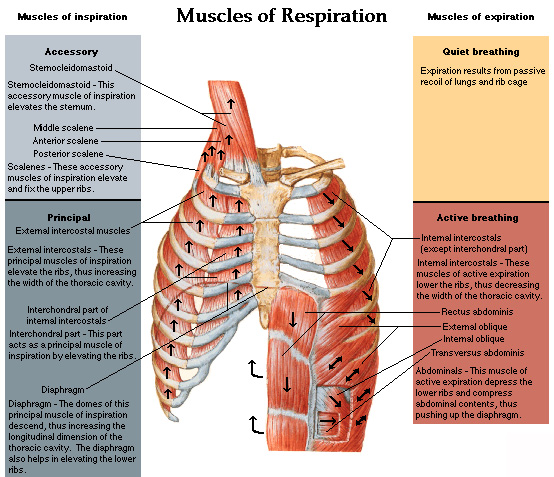For those who have not read Paul Starr’s book , The Social Transformation of American Medicine, or my own chapter on medical economics, here is a brief introduction to American medical economic history. Along the way, I will mention some European history.
The first government health plan was in Germany, established by Bismark, who introduced a disability and old age insurance program in 1883. Initially, retirement age was set at 70 and later lowered to 65. His reason was to preempt the Socialists in the German political world. The German health care system evolved over the next 100 years but it is not a government single payer system.
In Germany, statutory health insurance, which covers 90 percent of the population, is financed by a payroll tax. The individual’s premium is not a per-capita levy, as it is in the United States. It is purely income-based. Ostensibly, about 45 percent of the premium is contributed by employers, although economists are persuaded that ultimately all of it comes out of the employee’s take-home pay (See this and this).
An employee’s non-working spouse is automatically covered by the employee’s premium.
The Clinton Plan was allegedly based on the German model.
The health insurance premiums paid by Germans are collected in a national, government-run central fund that effectively performs the risk-pooling function for the entire system. This fund redistributes the collected premiums to some 200 independent, nongovernmental, competing, nonprofit “sickness funds” among which Germans can choose.
The sickness funds are based on employment or the town in which the subscriber lives. The Germans have different priorities than we do. For example, our fixation on hospital length of stay (LOS) is absent. I presented a paper on hemorrhoid surgery to the European laser medicine society in 1988. Most of the questions after my presentation concerned my policy of doing hemorrhoid surgery as an outpatient procedure. The Germans think that is cruel and recommend hospital stays of several days. They also have (most Germans have, anyway) a benefit for two weeks of spa treatment per year. I once had a patient in Orange County who was eligible for German health care, as well. He had his surgery here but he returned to Germany each year for his two weeks of government paid spa care.
I have already done a lengthy analysis of the French system which I think the best model for US reform.
Now, some US history. American medicine was purely private and fee-for-service until the Depression. There were public hospitals, like Charity Hospital in New Orleans, or Bellevue Hospital in New York, or Cook County Hospital in Chicago, or the Massachusetts General Hospital in Boston, or the Los Angeles County General Hospital in Los Angeles. In 1928, the new LA “Big County” hospital opened and during the Depression it offered the finest care in California. I have been told by older physicians that doctors denigrated “the County” to patients, not out of concern for their welfare but because of concern that private patients would choose to go there leaving private doctors in dire straits. Those great public hospitals could have formed a nucleus for care of the poor even today but they were destroyed or badly damaged by Medicaid after 1965 which refused to pay the county hospitals as it emphasized (often inferior) private care over the public hospitals. The budget shortfalls occurred just before the illegal aliens began to flood the public hospitals. The result has been a distinct decline in quality of care.
The Depression brought the first health plans for the middle class. In Dallas, in 1929, the Baylor University hospitals established a plan for school teachers. For six dollars per year in dues, the subscriber was entitled to 21 days of hospitalization. Similar plans began in California and New Jersey and finally, a plan called “Blue Cross” won a suit in New York that exempted it from insurance company reserve requirements. The hospitals were not selling insurance but promising services, hospital care, and did not need to maintain cash reserves.
Blue Shield plans began in California where the California Medical Association devised a plan in which low income subscribers would be guaranteed physicians services. The AMA, in those days still very powerful, opposed the plan but it persisted and a fee schedule was established in spite of Federal Trade Commission opposition. At one point, when I was first in practice, the FTC required the CMA to surrender all copies of the fee schedule, called Relative Value Schedule (RVS) but Medicare required that doctors use the RVS for billing ! We all had xerox copies of the RVS for a while. Such was the stupidity we encountered.
Until the Second World War, medicine was relatively inexpensive and of limited effectiveness. Surgery was effective in curing most surgical conditions after 1900. Critical care came as a result of the war and antibiotics arrived just in time for the war casualties. Blood banks began about 1937 at Cook County Hospital. Few medical conditions other than infection were treatable until the 1950s. Hypertension was the cause of death for President Roosevelt but there were no effective drugs until the 1950s. Winston Churchill’s life was saved in 1943 by sulfa drugs in an episode little known to historians. The “golden age” of medicine began about 1950.
Health insurance in America began with unions and the Stone Cutters Union had the first health plan that would pay for delivering a baby in 1887. In 1945, the United Rubber Workers Union established a health plan that paid $50 for delivery of a normal pregnancy. For years, the doctors in Butler, PA had collected a fee of $50 for this service. That was the established fee. When the insurance began to pay this $50 fee, the doctors increased their fees to $75. Here was the beginning of the destruction of the profession although it seemed to be progress at the time. The union health plan increased its payment to $75 and the doctors then raised their fees to $125. They were now back to the original arrangement with patients. The patient paid $50 cash and the insurance paid the rest. Here was the fatal bargain. A third party was paying the bill and both the doctor and the patient had little responsibility. The cost issue began here. In 1969, my second son was born in Pasadena at a cost (hospital bill) of about $260. It was not covered by insurance. A few years later, with insurance paying the bill, the price was more than ten times that amount.
The French had similar cost issues in the 1950s after the French system was established in the aftermath of the war. Our own system was also a consequence of the war as wage and price controls allowed a loophole for “benefits.” The employer offered health benefits as an inducement for scarce labor when 12 million men were in uniform. In France, President De Gaulle settled the issue by scolding the medical associations and asserting “I saved France on a colonel’s salary !” A national fee schedule was established but it is not mandatory. It does, however, provide the fee schedule that is paid by the health plans. Doctors and hospitals may charge more but the balance is up to the patient to pay. Canada made a terrible mistake by banning private practice. The result has been emigration plus a disincentive for young physicians to train in long programs since they will not be rewarded financially for the specialty and the hours and years invested. We are already seeing a similar effect in this country as medical students choose “lifestyle” specialties, which allow shift work, like Emergency Medicine, and which avoid long hours and weekend call.
The factors that have brought the crisis include technology, the incentive for both patient and doctor to overuse benefits, plus the aging population. The Obama program, if passed, does not seem to bar private practice. I am seeing doctors dropping out of Medicare and practicing on a cash basis. Whether that will become an issue if there is a large exodus from the government option is a question.
One major issue is the fact that medical bills do not reflect real costs. A hospital bill for $100,000 may in fact represent only $25,000 in insurance payments. The cash patient is at a huge disadvantage. This becomes a factor if you have a 20% co-pay, as many high deductible policies do. The “20%” you pay may be more than the amount paid by the insurance company for the “80%” share they have. The 20% co-pay is based on the inflated retail price of the care. It also makes medical IRAs far less useful since the cash market is using inflated retail prices that may by four times the negotiated price the insurance plan, or Medicare, may pay.
Doctors may be willing to practice on a cash basis with realistic bills approximating the actual Medicare payment. I have heard of orthopedic surgeons doing total hips for $1200.00, far less than the usual billed fee but approximately what Medicare actually pays. If such a surgeon bills that fee, Medicare (if he is still a member) will reset his fee “profile” at that rate, then pay him 25% of that lower fee. Thus, the surgeon must drop out of Medicare completely to switch to a market price practice. Will hospitals be willing to do this ? I doubt it. Will Obama’s new plan reset the prices so they represent actual costs ? I doubt it.

